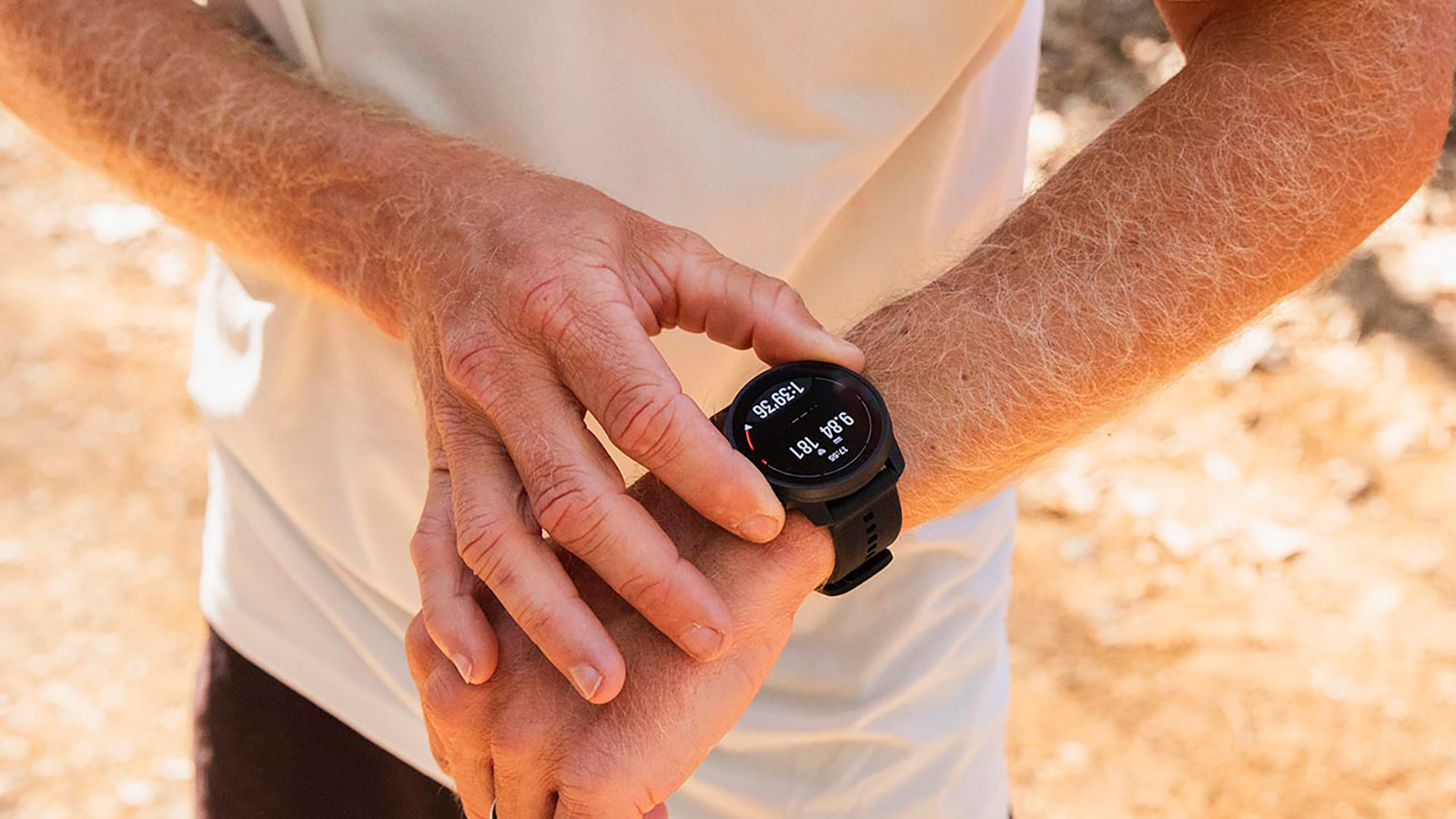Has Suunto just beaten Garmin at its own game with this new workout tech?
Suunto's ZoneSense brings lab-grade workout insights straight to your wrist


When it comes to fitness tech, Suunto might not be the first name you think of – brands like Garmin have long dominated the conversation. But Suunto’s new feature, called ZoneSense, could give Garmin watches a run for its money. So what is ZoneSense, and why does it matter for your training? Let’s dive in.
Suunto ZoneSense is designed to measure workout intensity by analysing heart rate variability (HRV) in real-time. If you’re an athlete or just someone who likes to keep track of their fitness, you know how important it is to train at the right intensity.
The core of the technology lies in how it measures the stress on your heart. Unlike Garmin, which focuses on heart rate zones or power, Suunto’s ZoneSense taps into heart rate variability.
It tracks the small fluctuations between heartbeats, which are mapped against different metabolic states, meaning it can tell you when your body shifts from burning fat (aerobic) to working harder with less oxygen (anaerobic), or even when you're pushing yourself to your absolute limits (VO2 max).
Traditionally, figuring out your aerobic and anaerobic thresholds meant stepping into a lab, wearing a mask, or even giving a blood sample to test lactate levels. With ZoneSense, Suunto has essentially miniaturised and simplified that process into a wearable feature on their latest multisport watches. It’s as simple as pairing your Suunto watch with a heart rate belt and heading out for your workout.
The brand says this system works seamlessly across a range of sports, from cycling to running and even open-water swimming. Better still, ZoneSense is said to adapt to your body’s daily changes, accounting for factors like fatigue, heat, and altitude.
One thing to note is that ZoneSense requires a heart rate monitor for accuracy, as wrist-based optical heart rate monitors can’t measure HRV accurately during exercise. While this might feel like a step back for some, especially given how convenient wrist-based monitoring has become, the belt is essential for the depth of data ZoneSense provides.
Get all the latest news, reviews, deals and buying guides on gorgeous tech, home and active products from the T3 experts
If you’re thinking this sounds a little too advanced, don’t worry – Suunto has made it user-friendly. The Suunto app displays your workout intensity with a simple color system. Green indicates aerobic effort, yellow signals you're in the anaerobic zone, and red means you're pushing your body to VO2 max levels. This visual feedback is immediate and easy to interpret during a session, helping you adjust your effort on the go.
ZoneSense works best during longer intervals or steady efforts, where the body has enough time to reach a consistent state. It’s perfect for longer runs, bike rides, or even Ironman training but not ideal for sports that require explosive, quick bursts of energy, like football or basketball.
Suunto’s partnership with MoniCardi, a Finnish medical tech company, is a big reason for ZoneSense’s scientific accuracy. MoniCardi developed the advanced time-series analysis behind ZoneSense, and it’s the first time this level of tech has been available in a wearable device. Suunto is positioning itself as a pioneer in this space, and this technology could give even Garmin’s top-tier features some serious competition.
Could this be the feature that makes Suunto the new go-to brand for serious fitness enthusiasts? Only time will tell. Visit Suunto to find out more about the technology.

Matt Kollat is a journalist and content creator who works for T3.com and its magazine counterpart as an Active Editor. His areas of expertise include wearables, drones, fitness equipment, nutrition and outdoor gear. He joined T3 in 2019. His byline appears in several publications, including Techradar and Fit&Well, and more. Matt also collaborated with other content creators (e.g. Garage Gym Reviews) and judged many awards, such as the European Specialist Sports Nutrition Alliance's ESSNawards. When he isn't working out, running or cycling, you'll find him roaming the countryside and trying out new podcasting and content creation equipment.